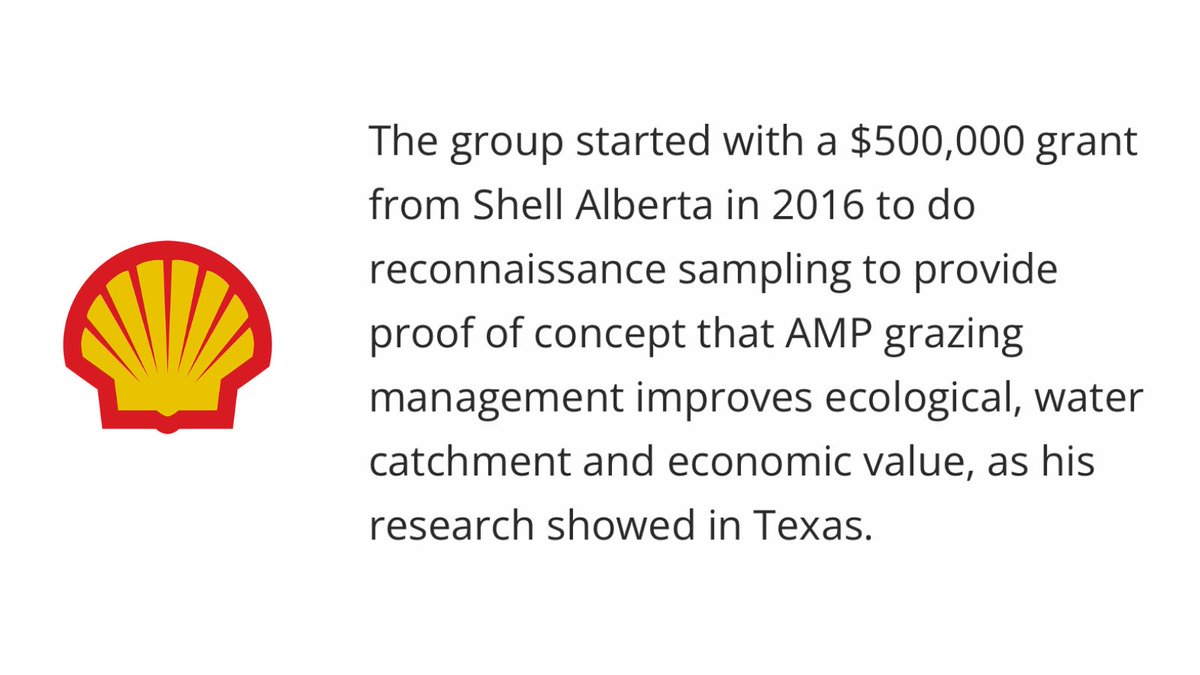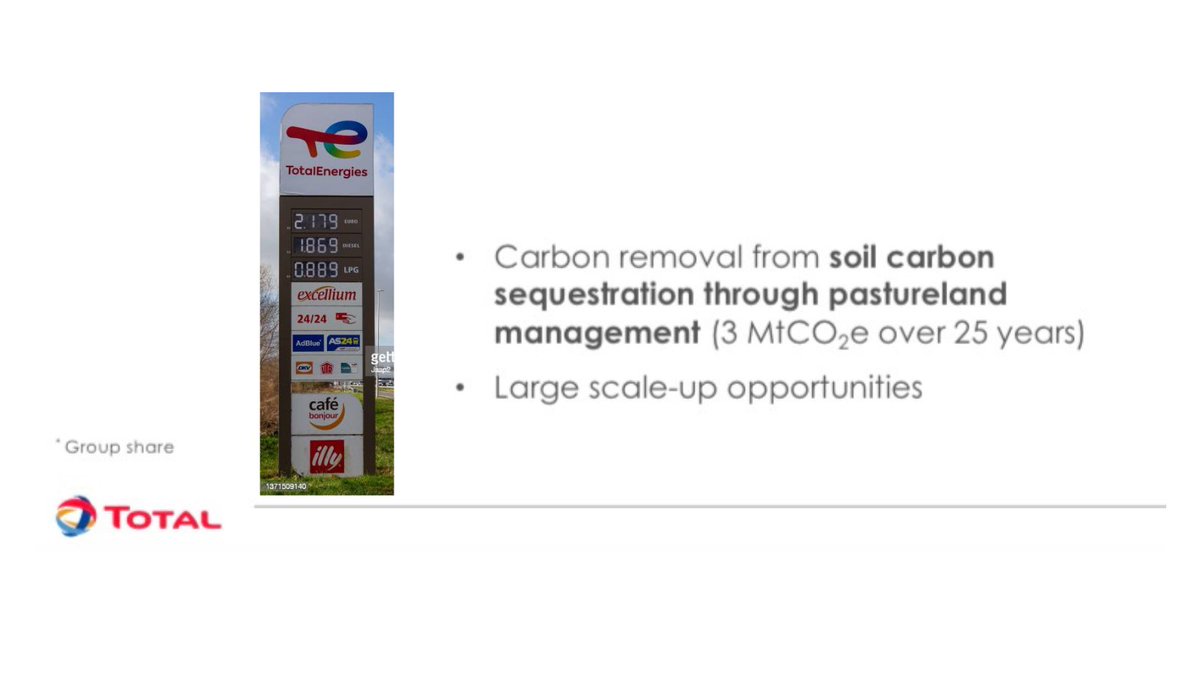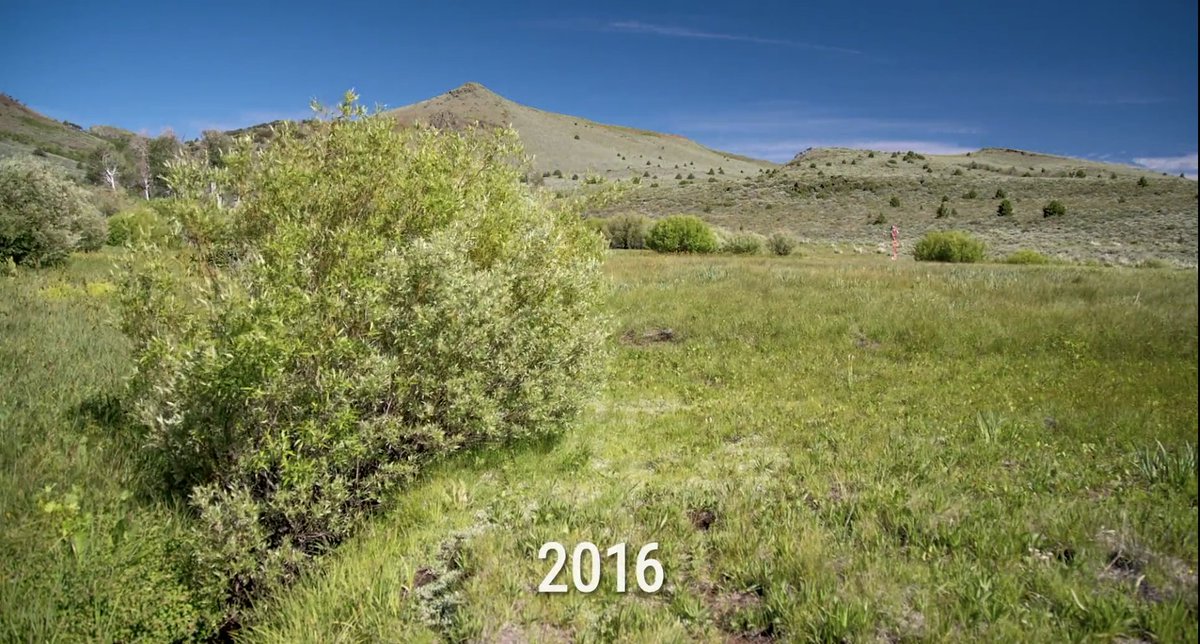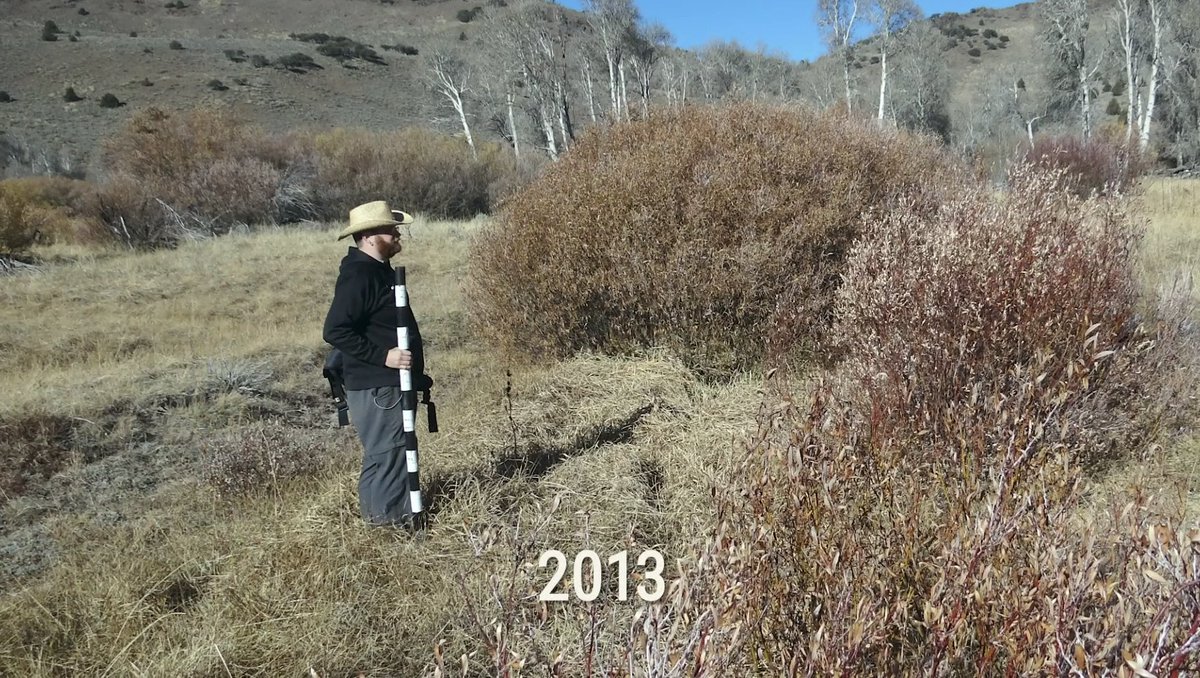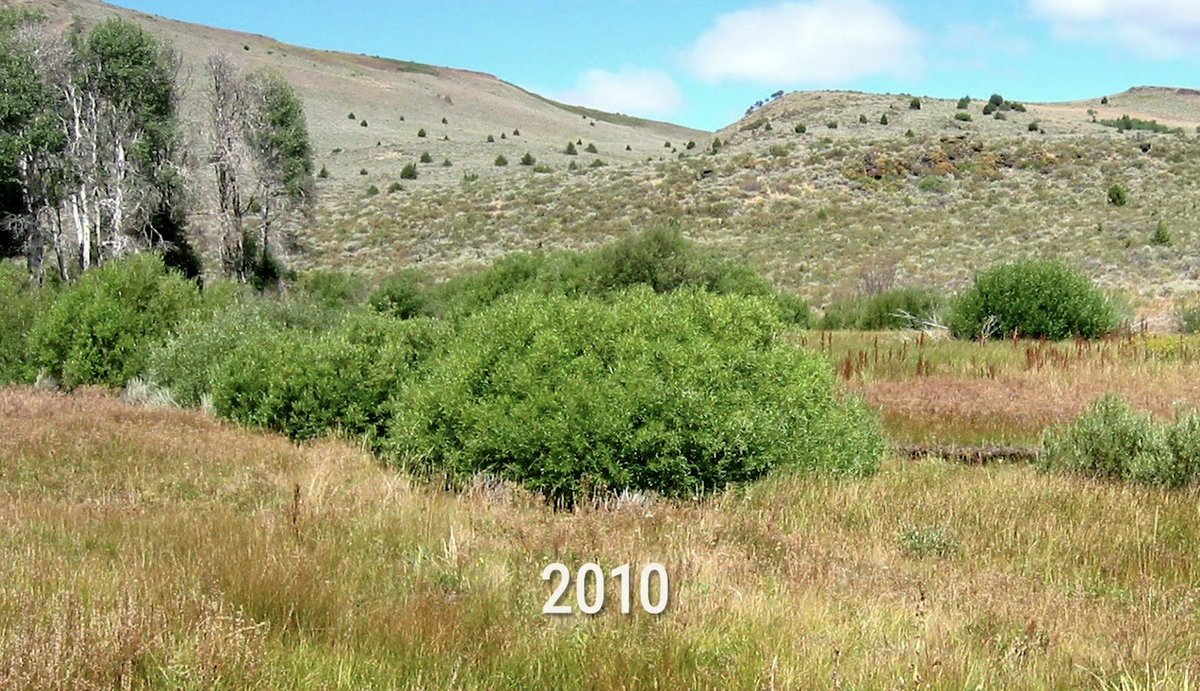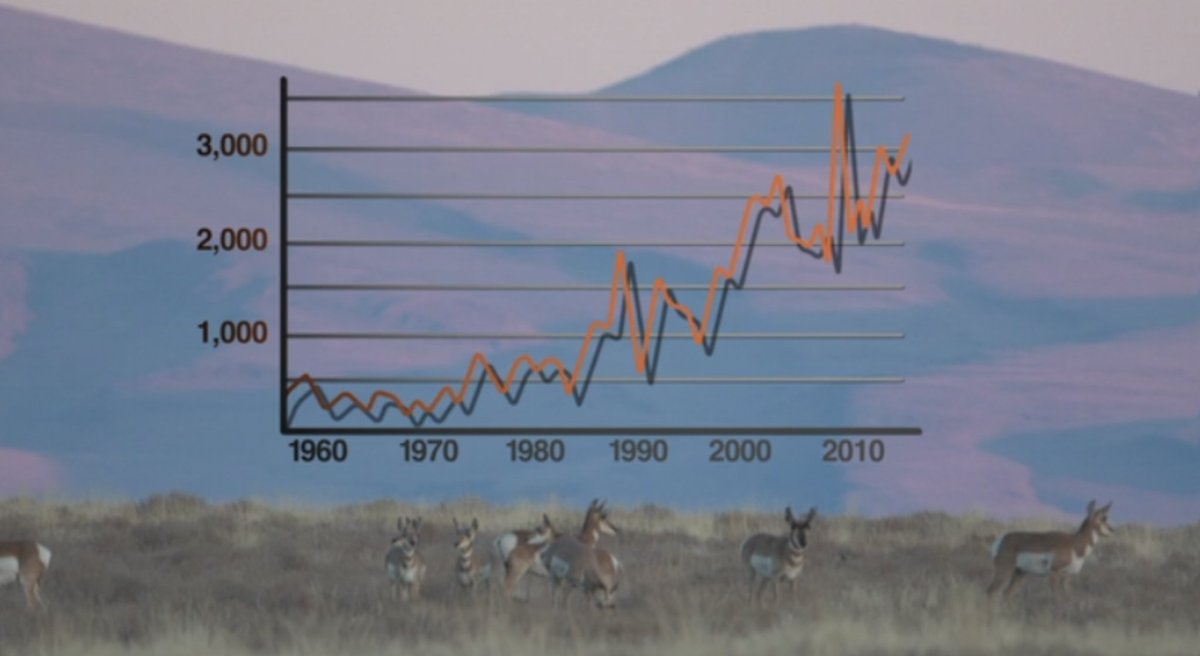Education in 2018: "People need the ability to make sense of information, to tell the difference between what is important and what is unimportant, and above all to combine many bits of information into a broad picture of the world." #21_Lessons
https://twitter.com/harari_yuval/status/1028630400132964352
"Schools should switch to teaching “the four Cs” – critical thinking, communication, collaboration and creativity. More broadly, schools should downplay technical skills and emphasise general-purpose life skills." #book #teachbetter
"Most important of all will be the ability to deal with change, to learn new things and to preserve your mental balance in unfamiliar situations." #lesson
• • •
Missing some Tweet in this thread? You can try to
force a refresh





